
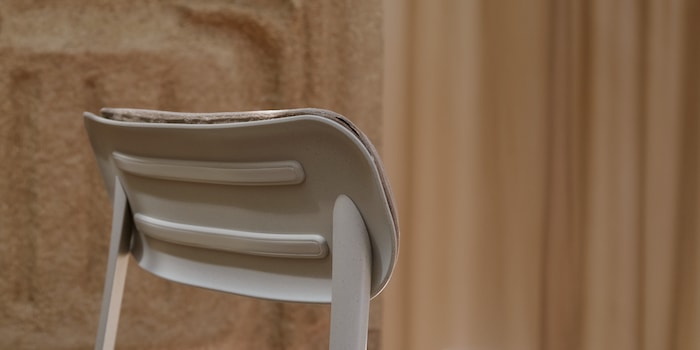
Now the furniture industry is also turning to cannabis
The company Prowl Studio from San Francisco has discovered the benefits of hemp and is researching what is possible with it in furniture production. Their first design: a compostable, stackable chair based on the natural fibre.
From the plant to the furniture, to the soil for the plant - circular concepts in design are a tall order, but they can certainly be realised. Founders Baillie Mishler and Lauryn Menard from Prowl Studio show what this can look like. They have reinterpreted the monobloc, one of the best-selling pieces of furniture of all time and a symbol of fast furniture because it is good and affordable.

But because it is so cheap, it often ends up in the bin just as quickly. "Fast furniture is a massive problem in the design industry," says Baillie Mishler. "Low-quality, toxic materials and the constant pressure to keep up with trends mean that over 12 million tonnes of furniture are thrown away every year in the USA alone." The Peel chair is intended to be the antithesis of this. It is made from more environmentally friendly materials and has been thought through to the end of its life.
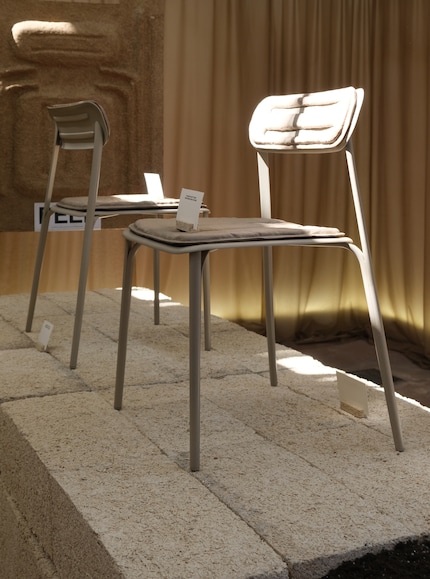
Source: Pia Seidel
Furniture design also needs a sustainable alternative
The frame of "Peel" was produced using the same injection moulding process as the Monobloc, but without the use of fossil fuels. It is made from a bioplastic that comes from M4 Factory and can be industrially composted at the end of its service life.
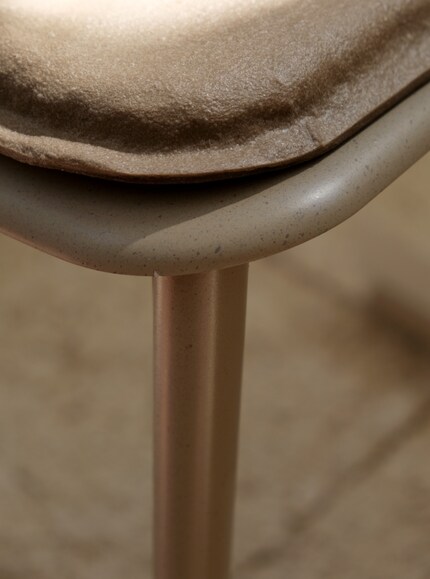
Source: Pia Seidel
The women-run design and manufacturing factory M4 Factory combines biopolymers with corn and hemp fibres to create a bioplastic. The latter are a by-product of industrial hemp processing and are normally disposed of. "Conventional plastic chairs made from polypropylene take an estimated 450 years to decompose," says Lauryn Menard. Hemp-based PLA, on the other hand, degrades in just six months under the right conditions. The seat and back cushions made from a new type of hemp foam can even be composted at home and, according to Prowl Studio, disintegrate "as quickly as an orange peel". They are encased in a hemp bio-leather and were created in collaboration with the New York materials specialist Studio Veratate.
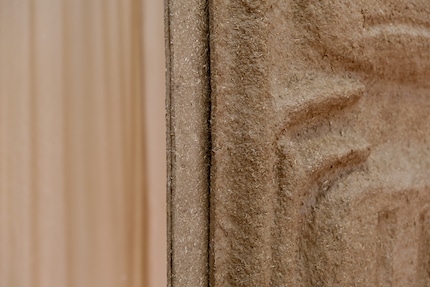
Source: Pia Seidel
Advantages in furniture construction
"Peel" is still a prototype and the hemp PLA from M4 Factory is around 10 to 20 per cent more expensive than conventional fossil plastic. Whether this will change when such products become mainstream remains to be seen. However, the chair already makes one thing clear: Hemp is also suitable for furniture construction.
Until now, the cannabis plant has mainly shaken up the textile industry because, unlike cotton, it is good for the soil, requires no toxins for cultivation, grows quickly and is particularly robust. Now the "Peel" chair proves that bioplastics can be sustainable - as long as hemp is used.
There have already been attempts to produce chairs from industrially compostable bioplastics. However, these have often failed because the result was not stable enough. As a result, only the seat shells are usually made of bioplastic, but not the entire chair. "Many brands still rely on solid wood or steel frames to support the weight of the user, similar to the early experiments with plastic chairs by the likes of Charles and Ray Eames," says Baillie Mishler. Or they use the bioplastic in furniture that needs to support less weight - as Kartell did with the chest of drawers "Componibili".
The hemp fibre gives the base material of "Peel" the strength and rigidity it needs to meet the structural requirements of a chair. Thanks to these robust properties, less plastic is also required. According to the information provided, the design is therefore lighter and at the same time up to 90 per cent more stable than a standard plastic chair.
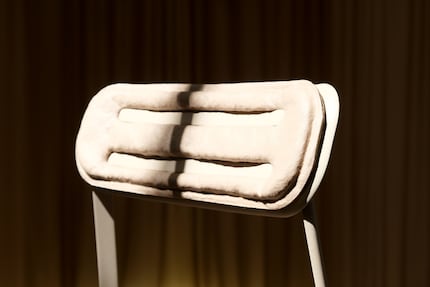
Source: Pia Seidel
Like a cheerleader, I love celebrating good design and bringing you closer to everything furniture- and interior design- related. I regularly curate simple yet sophisticated interior ideas, report on trends and interview creative minds about their work.
From the latest iPhone to the return of 80s fashion. The editorial team will help you make sense of it all.
Show all